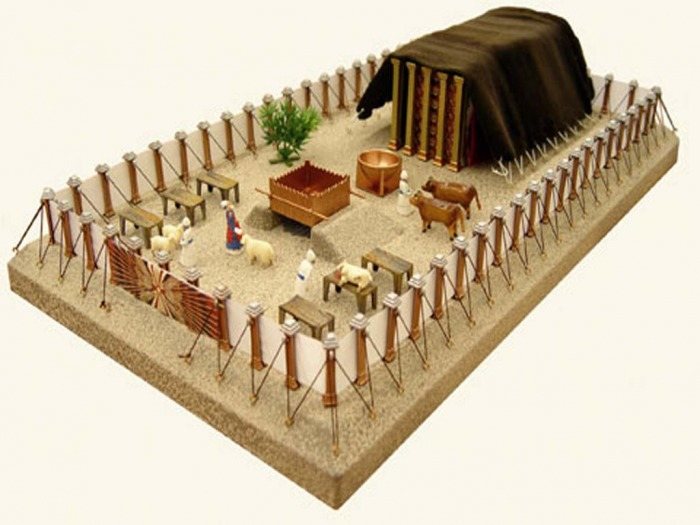The Jewish Book of Worship
Themes By Chapter
Book Summary:
Genesis shows us humanity ruined, Exodus shows us humanity redeemed and Leviticus shows us humanity worshiping. Leviticus is a deep book, with many spiritual truths for a deeper relationship but it also has many practical hygiene and sanitation lessons for the whole body.
All the sacrifices in this book point to the lamb of God who takes away the sins of the world – “sin may be forgiven but it must receive its penalty because” the wages of sin is death (Romans 6:23) – and those wages need to be paid by someone.
There are five offerings described in this book – burnt offerings, grain offerings, fellowship offerings , sin offerings, guilt offerings. Leviticus 8-10 discusses the priest – a man representing God to the people and the people to God.
The first part of the book deals with offerings and the one that was offered and the last part of the book deals with feast and the feaster – “the sacrifices spoke of the blood that saves , the feasts spoke of the food that sustains.” The eight feasts were, the feast of the Sabbath, the feasts of first fruits, the feast of trumpets, the day of atonement, the feast of tabernacles, the sabbatical year.
The basis of this book is blood and it is only through the blood of Christ that we have access to God. He demands holiness and this holiness is given to us when we consecrate ourselves to the work of the Christ – only then can he give us His righteousness and become “partakers in His holiness.” (Hebrews 12:10)
Structure:
1. The Sacrifices (1-6:7)
2. The Priests (8-10)
3. The Day of Atonement (16)
4. The Feasts (23)
Key Verse:
Leviticus 19:2 - "You shall be holy, for I the Lord your God amholy."
Christ Portrayed as: Our Sacrifice
Author: Moses
LeviticusChapter Themes
LeviticusMajor Themes
LeviticusChapter Themes
Leviticus Major Themes
LeviticusChapter Themes
LeviticusChapter Themes
Leviticus Major Themes
LeviticusChapter Themes
LeviticusChapter Themes
LeviticusChapter Themes
LeviticusChapter Themes
LeviticusChapter Themes
LeviticusChapter Themes
LeviticusChapter Themes
LeviticusChapter Themes
LeviticusChapter Themes
LeviticusChapter Themes
Regulations About Contaminated Fabrics
A Bright Spot On The Skin
A Swelling On The Skin
A Boil On The Skin
A Burn On The Skin
Scall On The Head Or In The Beard
Bright White Spots On The Skin
Baldness On The Head
The Life Of The Person With Skin Disease
Summary Of Infection Regulations
LeviticusChapter Themes
Leviticus Major Themes
LeviticusChapter Themes
LeviticusChapter Themes
LeviticusChapter Themes
LeviticusChapter Themes
LeviticusChapter Themes
LeviticusChapter Themes
LeviticusChapter Themes
LeviticusChapter Themes
LeviticusChapter Themes
Leviticus Major Themes
LeviticusChapter Themes
LeviticusChapter Themes
Leviticus Major Themes
LeviticusChapter Themes
LeviticusChapter Themes
Leviticus Major Themes
Illustrations
Image of the Tabernacle
